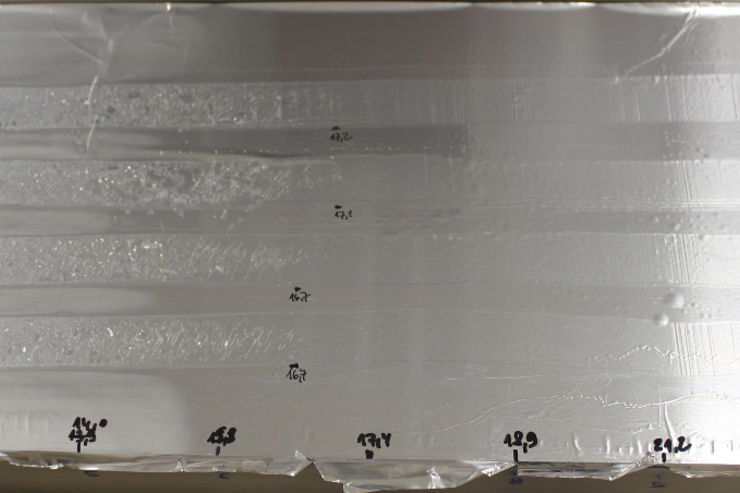In-can preservatives, also known as container preservatives, are biocidal products that are used, among other things, to protect paints and varnishes in containers from microbial damage during storage. Due to potential health risks, they are currently under strong pressure from bans and regulatory restrictions. At the Fraunhofer Institute for Manufacturing Engineering and Automation IPA, the Coating Systems and Painting Technology department is currently preparing a research project on the thermal preservation of architectural paints and corresponding binder dispersions. Preliminary tests with a commercially available white interior wall paint and a corresponding styrene-acrylate copolymer dispersion using an autoclave, a so-called sterilizer, have shown surprisingly positive results. Corresponding tests using a microwave oven (125 °C, 300 W, 15 min) were not successful, however; paint and dispersion are completely retaliated here.
These preliminary tests showed that thermal preservation of emulsion paints and corresponding binders is promising: At least for small container sizes, this could in future represent an alternative to the use of pot preservatives. Further investigations will now focus on the limits of thermal stability as a function of chemical composition, the biological durability of thermally preserved, biocide-free emulsion paints and the application properties of thermally preserved materials in comparison to their untreated counterparts. A corresponding cooperation project, for which partners are still being sought, is being prepared at Fraunhofer IPA.
Autor(en): Wi







